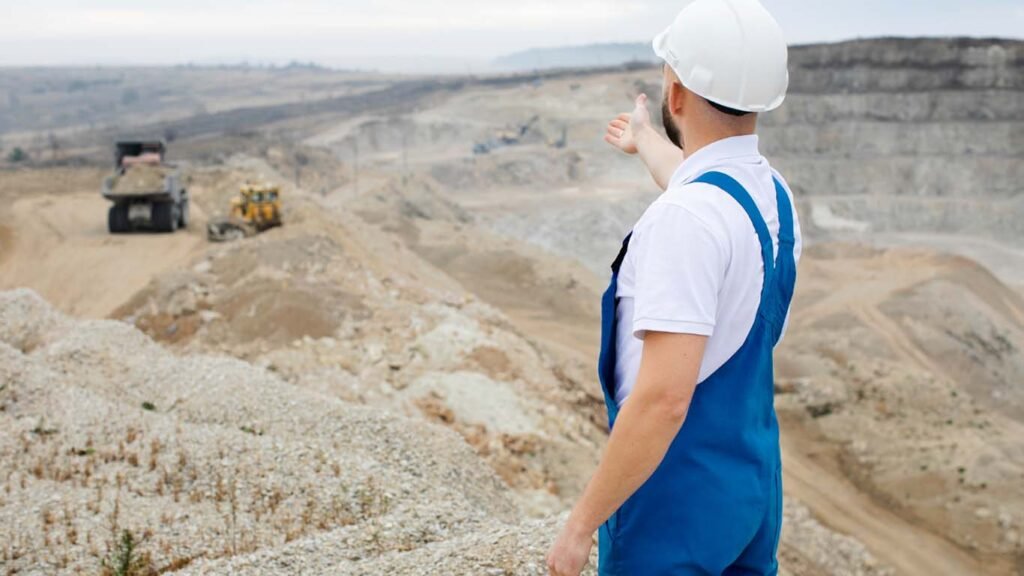When it comes to mining, chutes can do much more than help guide the stones. They deal with tons of abrasive materials every day – coal, gravel, ore and even rocks that are too big. This constant rubbing causes severe wear.
If the chutes are damaged and the entire process can reduce to a crawl or cease completely. Everyone doesn’t want this. Therefore, mining engineers concentrate on one main aspect in the design of chutes in mining for wear resistance.
They do not just choose any type of rubber or steel. They choose materials and forms which can withstand the severe conditions of underground mining. We’ll explore the reasons why this is so important and what it means in real-world mining locations.
Material Flow Is Never Gentle
Ore does not flow into a chute as water comes from a faucet. It grinds, slams and scrapes the surface. Imagine sharp-edged rocks falling through a metal slope at a fast speed. This kind of collision causes chipping, surface fatigue and then eventually, holes.
Although some materials appear to be to be tough on the surface–like normal steel, won’t be able to withstand the conditions that we’re in. This is why engineers typically choose the hardened steel, ceramic lines or panels with rubber backing.
They help to absorb the impact and help reduce harm. Certain mines employ self-lubricating lines to ensure smooth flow and lessen friction. It’s not about luxury but stopping the chute from wearing out too rapidly.
Downtime Costs More Than Repairs
If a chute malfunctions repair isn’t the sole issue. Mines may have to close conveyors and stop hauling trucks or even stop the processing equipment. This could mean thousands, sometimes millions of dollars are lost each hour.
Planning to wear resistance on the ahead can help avoid the chaos further. Engineers develop custom chutes that will last longer and require smaller interruptions. A few uses modular panels to allow maintenance personnel to replace just the section that is damaged without taking away the entire structure.
It saves time, cash and energy. It’s like changing the tire rather than rebuilding the car in its entirety. The extra effort earlier on can help avoid major issues later.
Angles And Geometry Make A Difference
Chute wear doesn’t just concern their material, it’s equally about how they’re designed. An angle that is steep could cause material to move faster; However, this speed can increase impacts at the lowest.
An angle that is less steep will slow down the process but could lead to buildup, causing various wear patterns. They look at how the rocks behave, and tweak the curve of the chute, its slope as well as the exit point.
Sometimes, they build miniature models of the flow to check it before cutting actual steel. This level of preparation will mean less surprises later on as well as better wear control overall. Intelligent geometry could accomplish the work of costly products.
Heat And Moisture Play A Role Too
Mines aren’t controlled by climate. Many mines operate deep beneath in hot, humid areas. Some work in the mountains. Extreme weather conditions impact the speed at which materials break down.
Heating can soften rubber liner or trigger fatigue in metal. In cold temperatures, materials can become hard. Moisture creates problems of its own–wet ore will stick to the surface and causes friction.
This means that engineers cannot just choose the hardest material they can find on paper. They must match it with the climate of mine and humidity levels. Sometimes it is possible to use the use of composite linings, which combine rubber, metal and polymers.
Conclusion
Chutes can appear like basic equipment, but when it comes to mining, they are the heaviest part of the entire process, literally as well as economically. Each decision made in the design boils down to one major aim: making them last.
Engineers design resistant to wearing into the shape of the chute as well as the material and maintenance plans. They understand the price of cutting corners. They do not guess, they examine, make calculations and plan for the riskiest scenario.
Since when a chute is broken then the ripple effects hit each mine. Nobody wants to be faced with the consequences which could’ve been avoided from the beginning.



